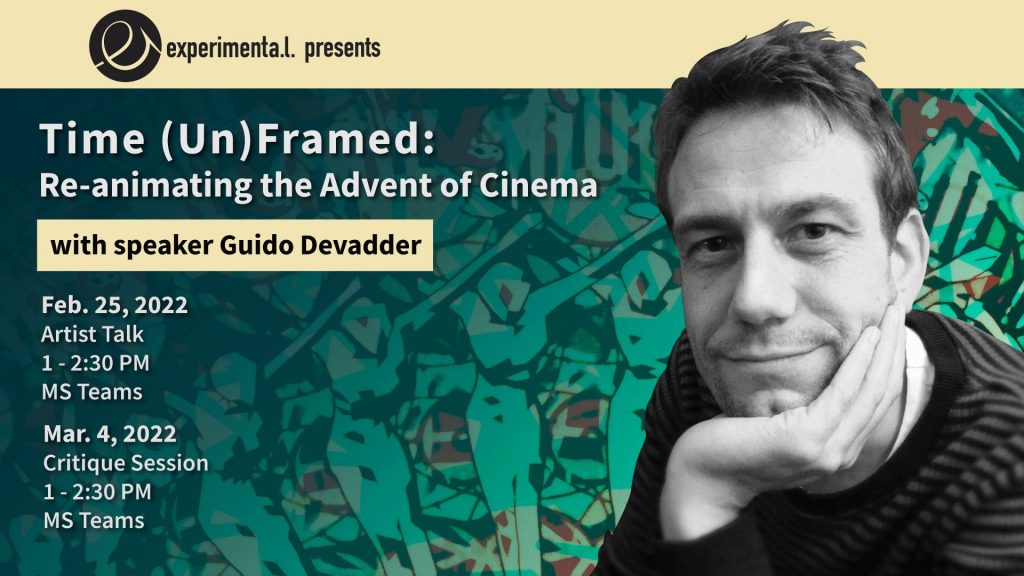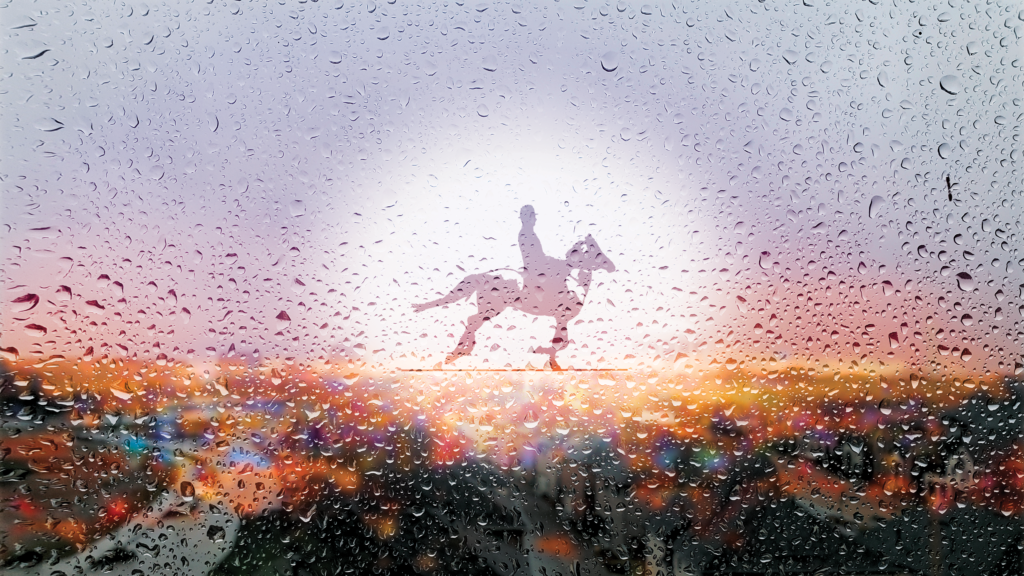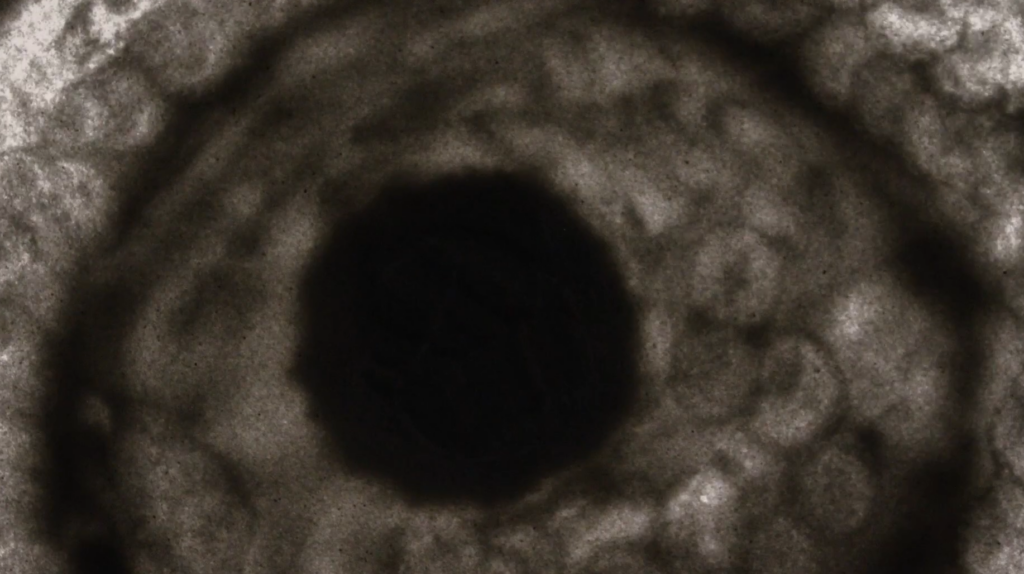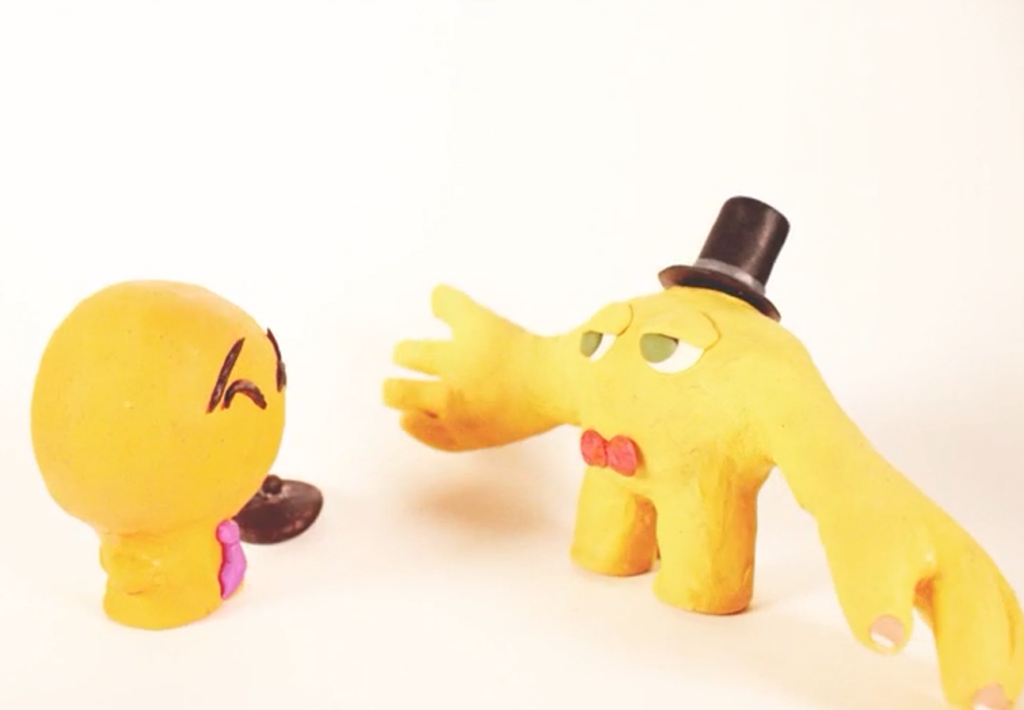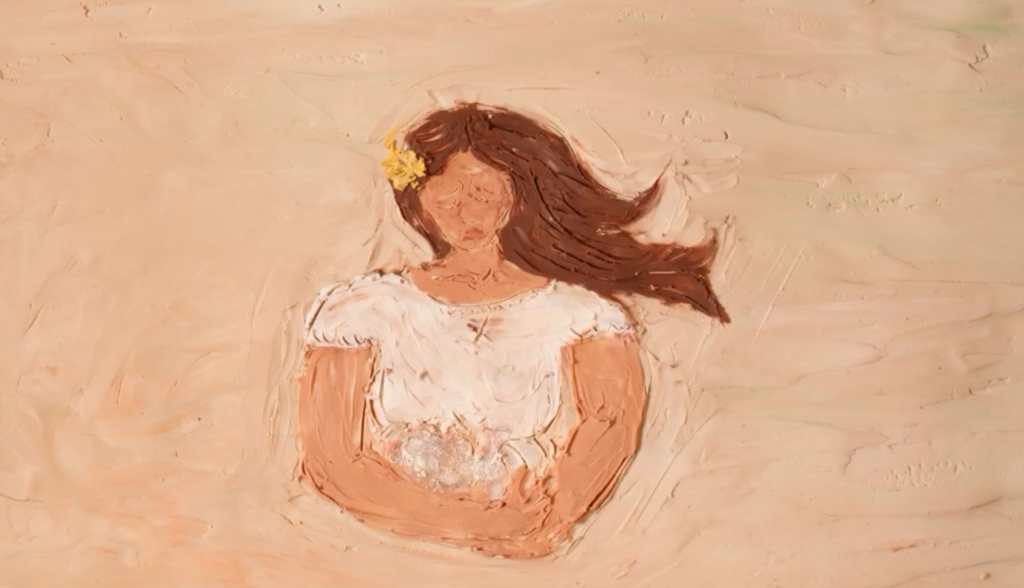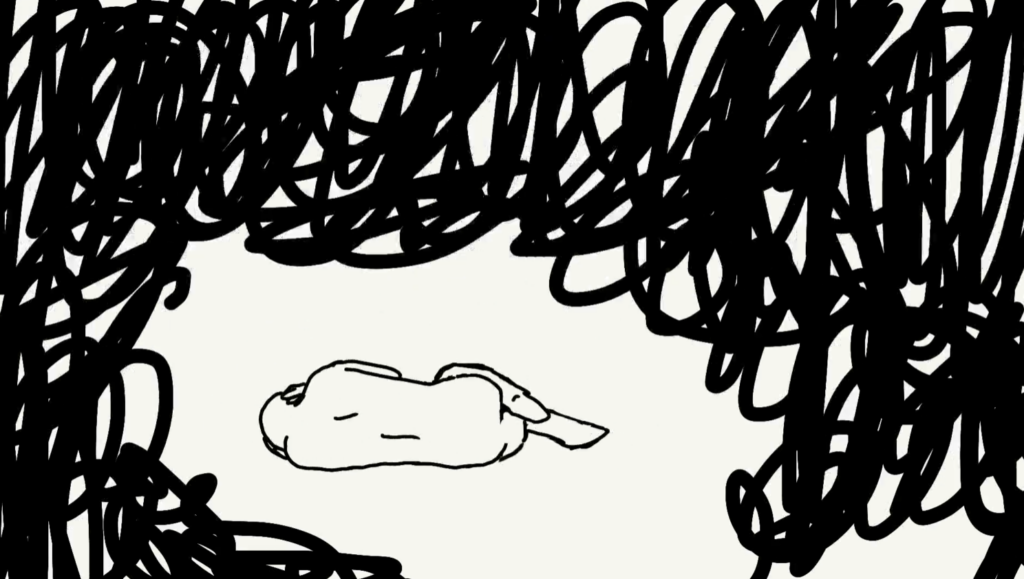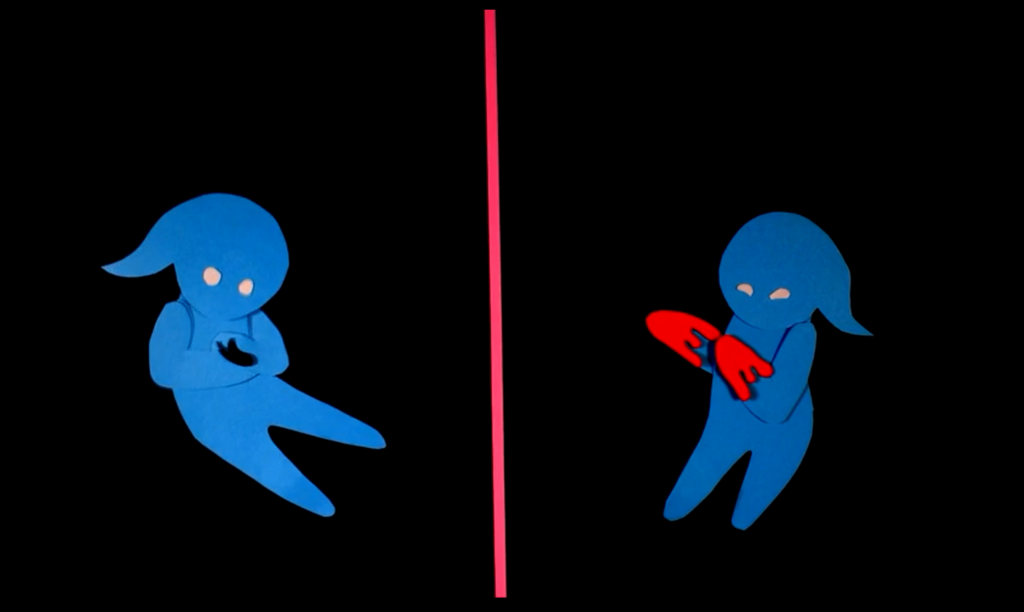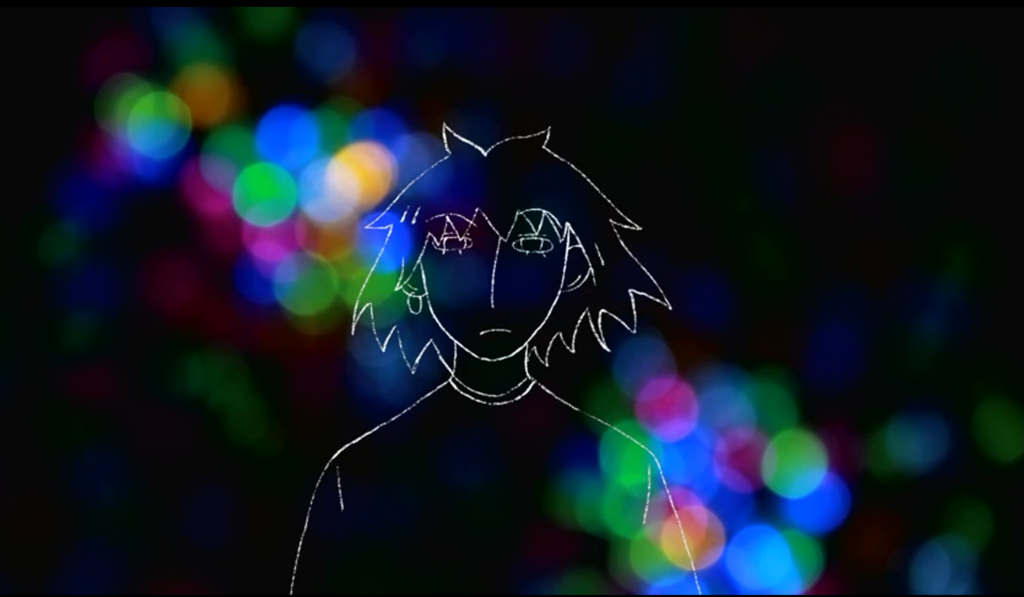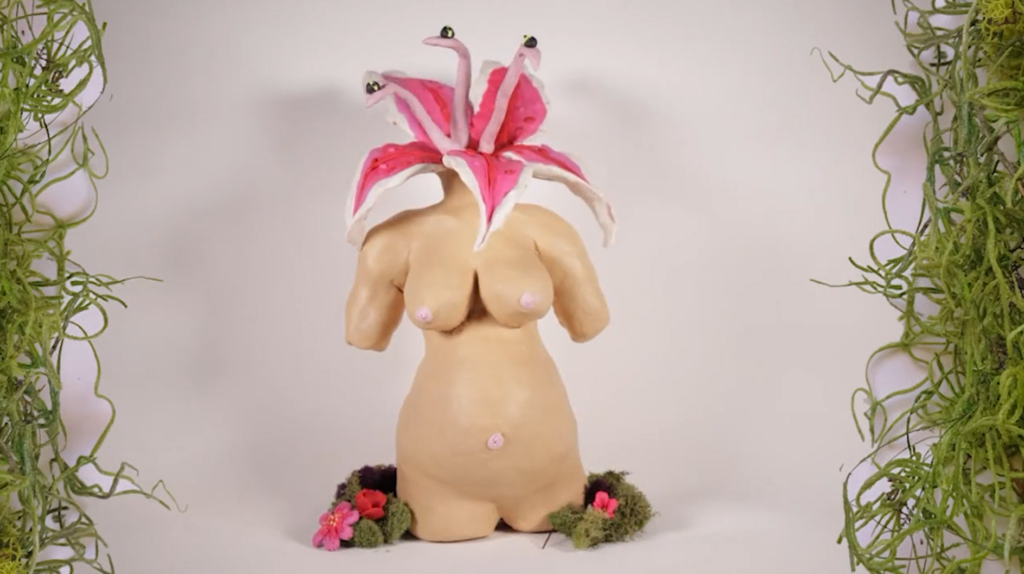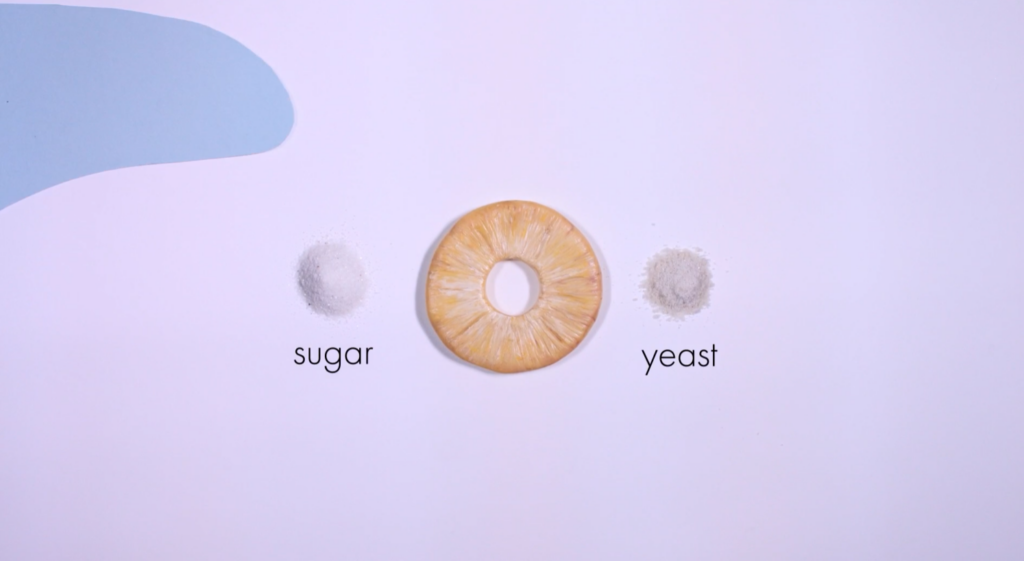HOW IT STARTED
On September 8 and 9, 2023, the play Winsor & Gertie was performed at the UTD Theatre. This student production featured undergraduate students from different majors, such as Literature, Theatre, Animation, Psychology, Music, and Neuroscience. The Visual and Performing Arts doctoral student Damian Enyaosah directed the play produced by Drs. Christine Veras and Catherine Parsoneault, and written by renowned animation historian Dr. Donald Crafton.
The idea behind this production started when, in 2017, the experimenta.l. lab director and animation scholar Christine Veras presented her research on a panel with animation historian Donald Crafton. At that time, Crafton was working on the Gertie Project, a reconstruction project of Winsor McCay’s (1869-1934) original vaudeville act, where he interacted on stage with Gertie, the dinosaur. Since then, it became Veras’ dream to see the play and experience McCay’s original performance.
Years later, Veras started a conversation with Crafton, sharing the idea of bringing the play to be performed at UT Dallas. The idea evolved, Dr. Catherine Parsoneault was on board to make the music also be performed live. Different partnerships were established to make Winsor & Gertie a reality at UTD. This project brings together, for the first time at UTD, an interdisciplinary collaboration between the areas of animation, music, and performance arts at the Harry W. Bass Jr. School of Arts, Humanities, and Technology.
Donald Crafton did a pre-show talk-back with Christine Veras on both performance nights. On Friday, September 8, students from the Animation Origins and Techniques course had the honor of learning more about the research on the Gertie Project in a special lecture given by Crafton. See photos below:



ABOUT THE PLAY
In 1914, when Winsor McCay first performed with Gertie, comic strips and variety shows were the main forms of entertainment, while cinema was still considered a novelty. The unique case of Gertie the Dinosaur animated cartoon presented via a theatrical act foreshadows the emergence of animation as an interactive and performative art form, as demonstrated by current technological advancements that incorporate projection mapping, motion capture, and high-resolution screens in theatrical performances. Unfortunately, McCay’s vaudeville act was short-lived, and today’s audiences only have access to the animated film component that he originally created for his vaudeville act as now reconstructed by the Cinémathèque québécoise in Montréal.
In 2018, the animation historian and now Endowed Professor Emeritus at the University of Notre Dame, Donald Crafton, in partnership with the psychiatrist David L. Nathan and Marco de Blois of the Cinémathèque Québecoise, worked with professionals from the National Film Board of Canada (NFB) to complete a full restoration and reconstruction of Winsor McCay’s original vaudeville performance of Gertie. The play, written by Crafton, using newly restored animation footage, premiered as the closing event at the Annecy International Animation Festival in France in 2018—one of the most critically acclaimed long-running international animation festivals worldwide. It has since been performed internationally in Amsterdam, Brussels, Tübingen, and Montreal. In the United States, the fully-staged play has been performed only once, in Notre Dame, Indiana, and now at UT Dallas for its Texas premiere.
We hope you enjoyed this student production of the play, honoring the memory of Winsor McCay and amplifying the possibilities of animation as entertainment and research.
PRODUCTION PHOTOS















AUDIENCE REACTION
“We really loved the show! And it was a wonderful treat to hear the history in the pre-show.“
Salena Brody
“My six-year-old daughter, Caroline, and I really enjoyed it. She, of course, loved the interaction between Winsor and Gertie, and couldn’t stop talking about the rock Gertie threw at the ‘water monster’ as she called it. Bravo to Damian on his UTD directing debut and to Drs. Veras and Parsoneault on their vision and tenacity.”
Jonathan Palant
“Just wanted to say the show was fantastic yesterday. Glad all 3 areas under AHT got to showcase their skills. The Gertie mammoth rivalry was hilarious. Thanks for putting on a great show!”
Julio Soto
“What a fantastic production of Winsor & Gertie at UTD! […] Innovation and imagination happening @UTDallasArts.”
Paula Goldberg
“I attended the Gertie performance last weekend. Wow. Who needs AR or VR when you can attend a live performance that re-recreates a 100 years.”
Roger Malina
“This was an exceptional treat.”
Joo Haldeman
“Gertie made me feel like a child again.”
Laura Hyunjhee Kim
“What you achieved in the performance was a revitalizing moment especially for the students! The presentation was characterized by creative moments that immediately spoke to the younger generation of students.”
Rainer Schulte
Article on The Mercury UTD
Read the complete article here: https://utdmercury.com/winsor-gertie-takes-audience-back-to-the-1900s/

Download here the complete program of the play
This project is funded in part through the UT Dallas Humanities and Emerging Arts (HEArts)
grant, and also through support from the Visual and Performing Arts programs in the
Bass School of Arts, Humanities, and Technology.
ACKNOWLEDGEMENTS
Nils Roemer, Joseph Pancrazio, Emily Lacy, Rebecca Everett, Desiree Johnson, Amanda Saucedo, Edita Nad, Cindy Pitney, Stuart Sedransky, Susan Clark, Paulina Gil, Jonathan Palant, Chinweolu Greer, Evan Ricks, Shilyh Warren, Pia Jakobsson, Mai Nguyen, Christi Nilsen, David Budd, Philip Martin, Cameron Countryman, Austin Tate, Bryan Wofford, Michael Robinson, Dallas Costume Shoppe, Sally Mendiola, Adrian Tapia, Javier Giribet-Vargas, Victoria Oliva, Brandon Brown, SV Randall, Salena Brody, Paula Goldberg, Kathy Lingo, Jeff Price, Thomas Riccio, Christopher Treviño, Tinamarie Ivey, Cinémathèque québécoise, Marco de Blois, Julien Breuil, Troublemakers Studio, Gabriel Thibaudeau, Jean-Sebastien Giard, Hugo Loïs. The production extends its thanks to the entire faculty, staff, and students from the
Bass School of Arts, Humanities, and Technology involved in the production, particularly highlighting the students from the Theatre Performance Ensemble course (THEA 3310), Fall 2023.
Original score created by Gabriel Thibaudeau, licensed from the Troublemakers Studio, and adapted for the UTD play by Hannah Bursley.
Restored reconstructions of the animations Little Nemo (1911) and Gertie the Dinosaur (1914) reproduced for the UT Dallas play under license from the Cinémathèque québécoise.
*Photos by the Bass School Communications team and the experimenta.l. archive
Check here for more information on the Short-Term Working Group (SWG) Build a Dinosaur project.



























 Countdown Opening Title by ASIFA Central
Countdown Opening Title by ASIFA Central Morning Coffee (2015) by Tracy Miller-Robbins
Morning Coffee (2015) by Tracy Miller-Robbins O!PLA Festival Opening 2022 by Polsk Animacja
O!PLA Festival Opening 2022 by Polsk Animacja Airborne (2021) by Andrej Jobczyk
Airborne (2021) by Andrej Jobczyk Breath (2019) by Aneta Siurnicka
Breath (2019) by Aneta Siurnicka Three Little Stories (2021) by Zuzanna Michalska
Three Little Stories (2021) by Zuzanna Michalska A Lasting Image (2022) by Kirstin Stevens Schmidt, Scott Huddleston, Ana Villarreal, and Christine Veras
A Lasting Image (2022) by Kirstin Stevens Schmidt, Scott Huddleston, Ana Villarreal, and Christine Veras Ukraine Commentary (2022) by Gary Schwartz
Ukraine Commentary (2022) by Gary Schwartz Pure – Virtual Agony (2021) by Olga Przytula
Pure – Virtual Agony (2021) by Olga Przytula Despera (2021) by Alicja Liss
Despera (2021) by Alicja Liss Distance (2021) by Katarzyna Orlowska
Distance (2021) by Katarzyna Orlowska Island Hopping (2021) by Michael Long
Island Hopping (2021) by Michael Long On Time (2021) by Zbigniew Czapla
On Time (2021) by Zbigniew Czapla I Dreamed Of (2021) by Piotr Tokarz.
I Dreamed Of (2021) by Piotr Tokarz. Elevator Alone (2021) by Anastasia Papadopoulou
Elevator Alone (2021) by Anastasia Papadopoulou Toddler Talks (2021) by Diana Reichenbach
Toddler Talks (2021) by Diana Reichenbach Ten Degrees of Strange (2021) by Lynn Tomlinson
Ten Degrees of Strange (2021) by Lynn Tomlinson An Ostrich Told Me the World is Fake and I Think I Believe It (2021) by Lachlan Pendragon
An Ostrich Told Me the World is Fake and I Think I Believe It (2021) by Lachlan Pendragon Beyond Noh (2020) by Patrick Smith
Beyond Noh (2020) by Patrick Smith



